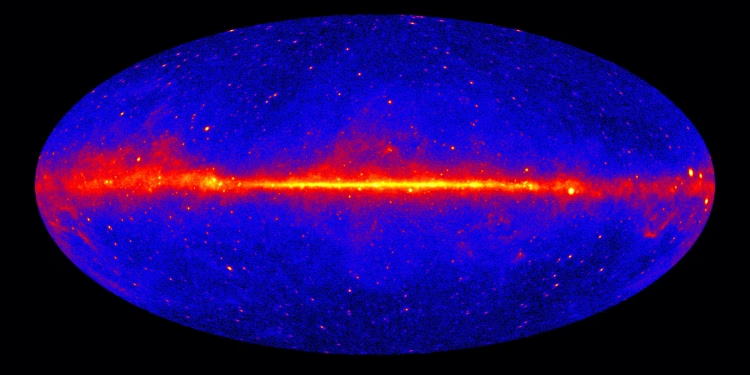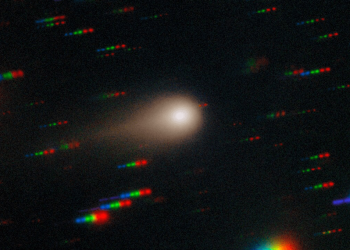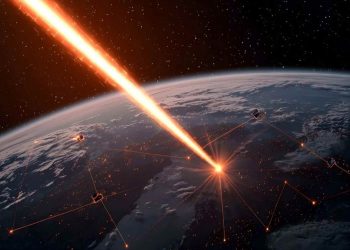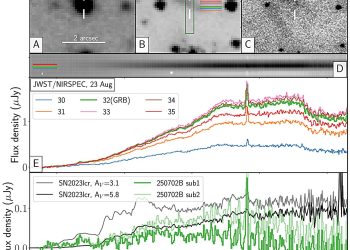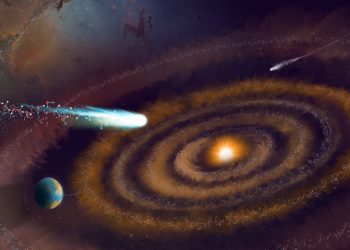Register here.
Scientists are convinced that dark matter exists because of its large-scale gravitational effects in the universe. Due to its very nature, its existence is difficult to prove. But research into an excess of gamma rays observed and mapped by the Fermi Gamma-ray Space Telescope over a vast area near the heart of the Milky Way is promising and will provide long-sought confirmation.
Scientists have put forward two competing explanations for these gamma ray emissions.
A comprehensive new analysis including advanced simulations weighed the merits of these competing hypotheses, deeming them equally likely. Gamma rays generated by collisions of dark matter particles, according to the study, would produce the same gamma signal as that observed by the Fermi satellite.
“Our key new result is that dark matter matches the gamma-ray data at least as well as the rival neutron star hypothesis. We have increased the chances that dark matter has been indirectly detected,” Silk added.
The researchers said the world’s most powerful ground-based gamma-ray telescope – the Cherenkov Telescope Observatory, currently under construction in Chile – may be able to provide an answer by differentiating gamma-ray emissions from these two sources. It could become operational as early as 2026.
“As dark matter neither emits nor blocks light, we can only detect it through its gravitational effects on visible matter. Despite decades of research, no experiment has yet directly detected dark matter particles,” said astrophysicist and lead author of the study Moorits Mihkel Muru of the University of Tartu and the Leibniz Institute for Astrophysics in Potsdam.
The excess gamma rays were observed in a region spanning the innermost 7,000 light-years of the galaxy. A light year is the distance light travels in a year, or 5.9 trillion miles (9.5 trillion km). This region is located approximately 26,000 light years from Earth.
Gamma rays have the smallest wavelengths and highest energy of all waves in the electromagnetic spectrum. Why can gamma rays be evidence of dark matter? It is suspected that dark matter particles completely annihilate when they collide, with these collisions generating gamma rays as a byproduct.
The Milky Way is thought to have formed by the collapse under the force of gravity of a vast cloud of dark matter and ordinary matter.
“Ordinary matter cooled and fell into the central regions, taking dark matter with it,” Silk said. “The fact that dark matter particles are considered their own antiparticles and completely annihilate each other when they collide is unique to the simplest dark matter hypothesis. Only protons and antiprotons do something similar to produce energetic gamma rays, and antiprotons are extremely rare.”
But this glow could also be produced by the collective emission of several thousand millisecond pulsars so far unobserved. The Fermi satellite confirmed that these objects are sources of gamma rays that could explain the glow in this region.
Reporting by Will Dunham, editing by Rosalba O’Brien
Our Standards: The Thomson Reuters Trust Principles.


